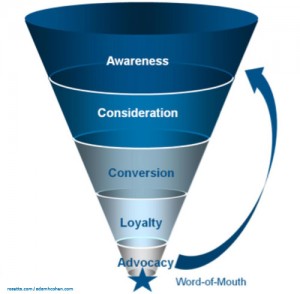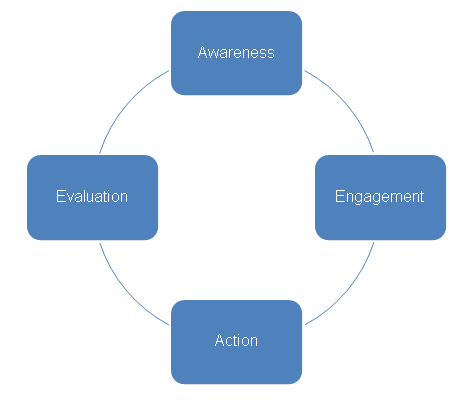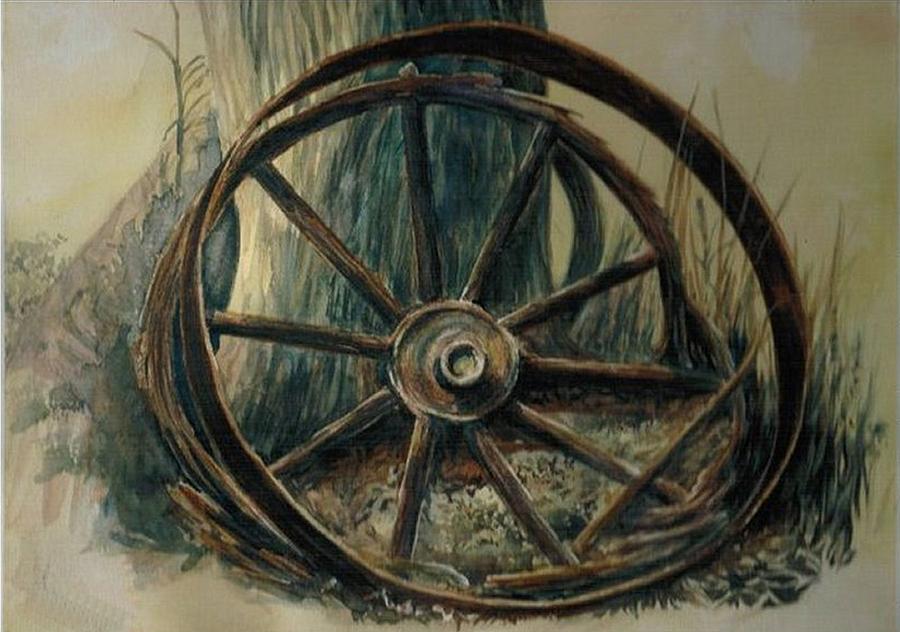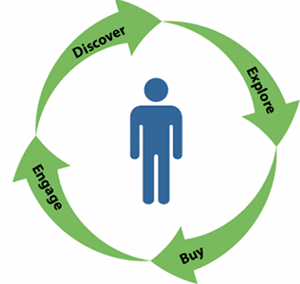I’ve been spending a lot of time thinking about the marketing process in the past year. Trying to convince small contracting businesses with small budgets to hand over their credit card, will do that to someone.
More recently, I’ve been looking more carefully at the marketing ASP space and trying to fit the pieces together. After trying to contextualize marketing ASPs against the classic marketing funnel, it started to become apparent that it just doesn’t work.
That’s not really anything new: most pundits have been talking about the death of the classic marketing funnel for years. What I haven’t seen are any great suggestions for a new model.
Brian Haven from Forrester has attempted to solve the problem by adding a maze and some arrows to the funnel:
Seth Godin has approached the topic in a post that seems to primarily focus on keyword purchasing strategies, although it does illustrate the problem with bucketing “prospects” and “customers.” Adam Cohen from Fleishman Hillard and David Rogers have both added another layer to the funnel. 
Something about the last diagram stuck out and eventually, I realized it wasn’t the additional layer that added value to the model; it was the arrow, which rendered the entire concept of a “funnel” sort of irrelevant. Following a similar logic, Steven Noble from Forrester offers what I think is the most reasonable model:
Not wanting to pay the $500 for the Forrester report, I was happy to find an explanation for the model on Forbes. The funny thing about the actual break-down is it still seems funnel-ish to me: it offers a very linear view of a consumer’s journey: a consumer encounters a brand; thinks about the purchase; makes the purchase; and then engages with the vendor.
In my view, a more realistic model of how today’s consumer purchases is best represented in a circular manner; not a linear one and the various steps actually are circular. In a nutshell, I basically think that consumption is experimentation.
 Awareness – Initially, a consumer has a certain perspective of their market need and the various brands & products that are available to them. Awareness is created when marketing efforts put a brand on their radar. This can either be through their own efforts (e.g. referral, search) or through the efforts of the brand (e.g. advertising, direct mail).
Awareness – Initially, a consumer has a certain perspective of their market need and the various brands & products that are available to them. Awareness is created when marketing efforts put a brand on their radar. This can either be through their own efforts (e.g. referral, search) or through the efforts of the brand (e.g. advertising, direct mail).
Engagement – In this phase, the customer actually engages with the specific brand by either learning more about it, getting referrals, testing a demo or chatting with a sales rep. This is when they get their feet wet and really start thinking about whether or not they want to take the next step.
Action – This is where the consumer actually puts their money down.
Evaluation – This is where the consumer considers the value the brand provides. Based on their changed perspective, they will either continue to go through the cycle with the same brand / product or switch to a new one.
The fundamental problem I have with the funnel concept is that it would lead you to believe that once a consumer purchases your product, they are a customer. That just isn’t true. Consumers are perpetually evaluating and re-evaluating their purchasing decisions. I believe that by starting to think about purchasing as experimentation will have very positive consequences for the way marketers think about both prospects and customers.



1 Comment on "The marketing wheel – purchasing as experimentation"